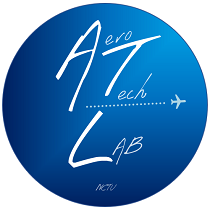Introduction
Due to the rising demand for commuting and transportation, as well as rising energy and land values, short-distance air transport in urban areas is bound to become a major development trend in the future. However, currently only helicopters can achieve vertical takeoff and landing, but the huge noise pollution causes great troubles for the public. This research attempts to install multiple propellers with different designs on the front end of the airfoil (NACA4415), using the distributed thrust system to achieve a balance of efficiency and energy consumption and changing the attack angle of the propeller with the tilt rotor.
We aim to combine the high speed of the fixed-wing aircraft with the advantages of flying and helicopter-short takeoff and landing and complete the mission of cruise and transportation in the city.
In this study, an open-loop subsonic wind tunnel was used to conduct the airfoil experiment to measure the drag and lift of the propeller at different attack angles, supplemented by computational fluid dynamics software to build the overall system, and then use the multi-layer sliding grid technique to achieve the rotation of propeller with different attack angles to complete the visualization of the flow field. Design and optimize the distributed thrust system based on the analysis results.
